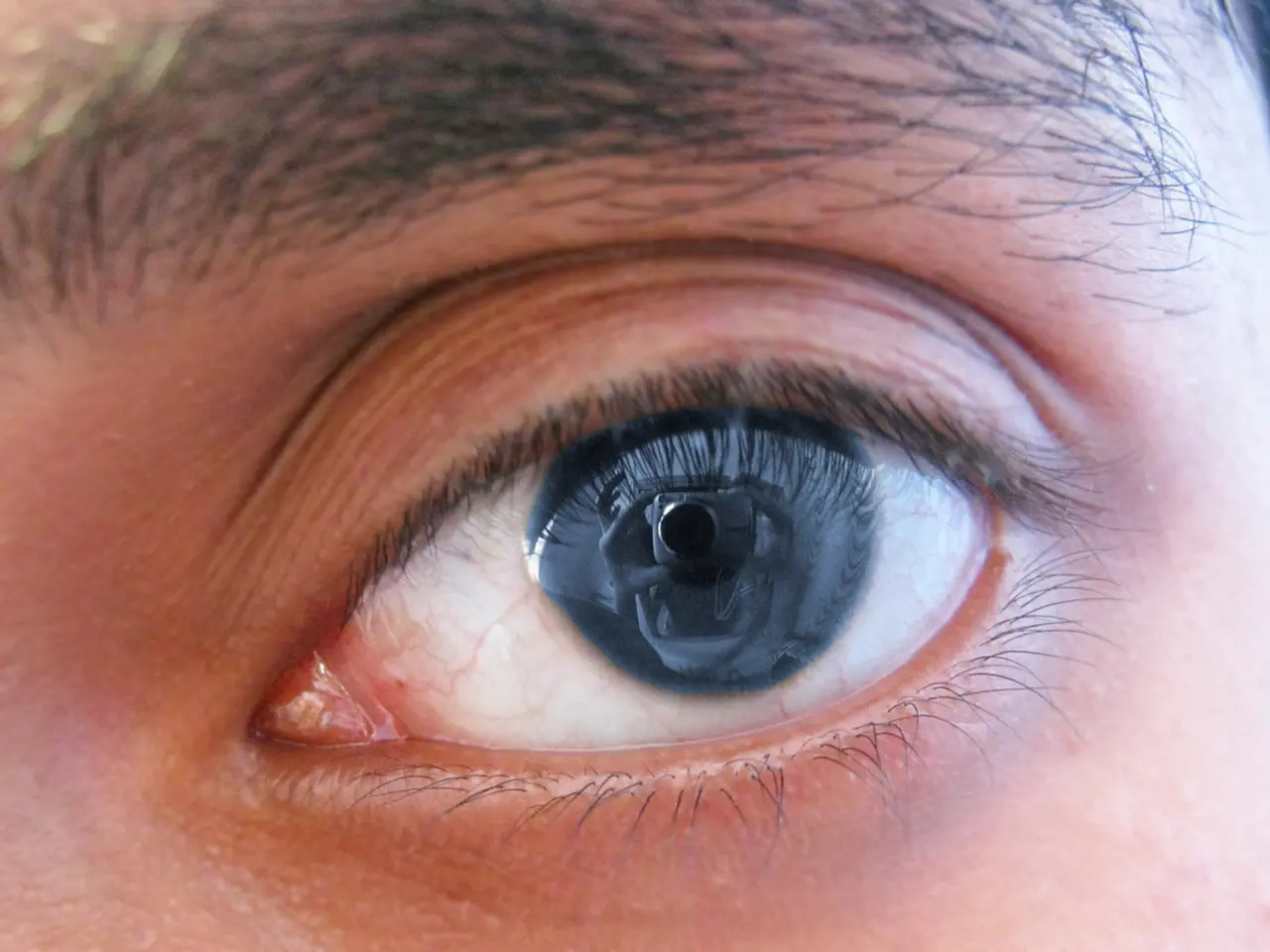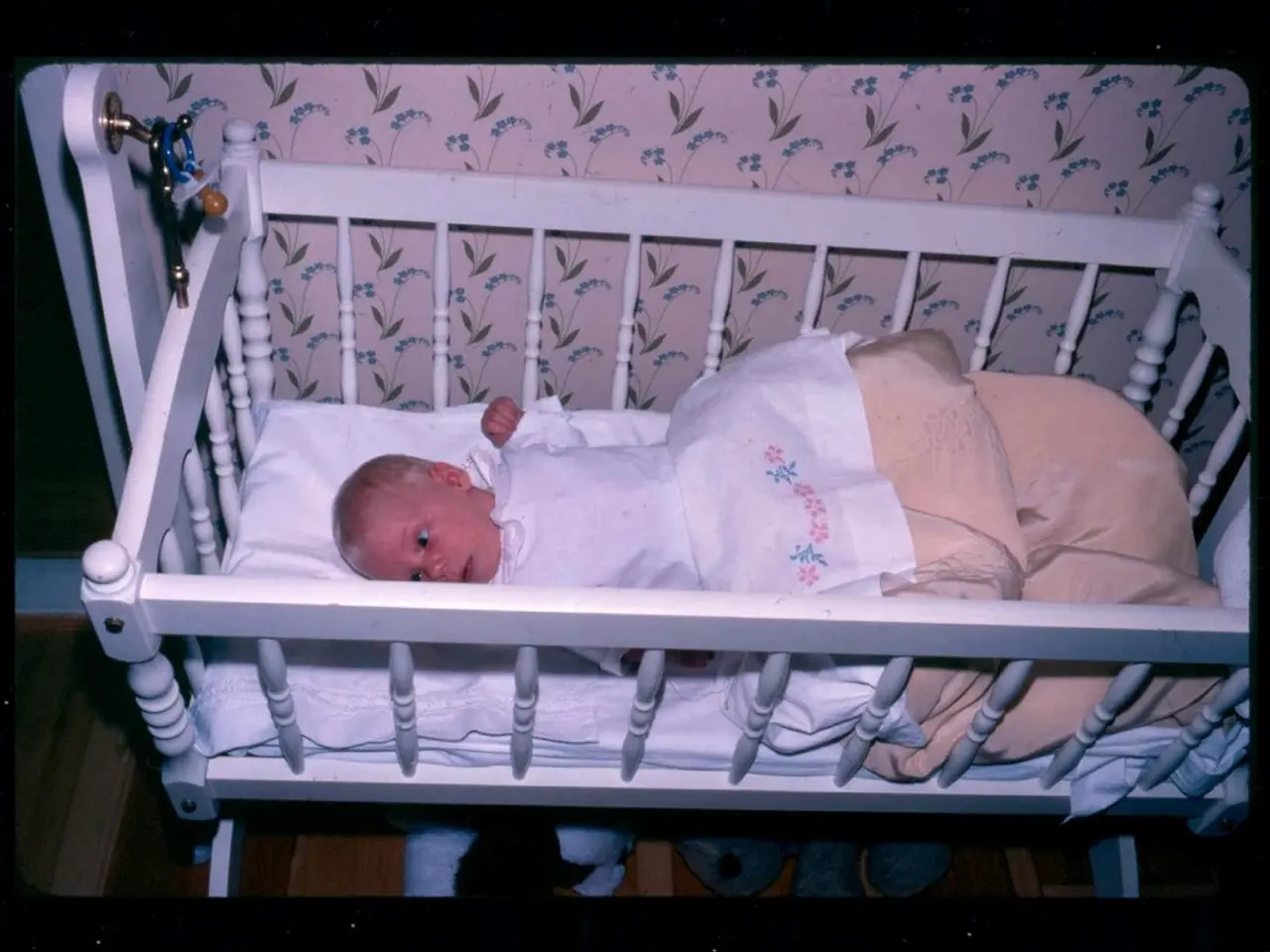Treatments for Pink Eye: Varieties and Application Guidelines
In the realm of eye health, understanding the common treatments for bacterial, viral, and allergic conjunctivitis is crucial. These conditions, characterized by inflammation of the conjunctiva (the thin layer covering the white part of the eye and the inner surface of the eyelid), can cause discomfort and affect vision.
Bacterial Conjunctivitis is typically treated with topical antibiotic eye drops or ointments for a period of 5-7 days. Examples of such antibiotics include broad-spectrum options like moxifloxacin 0.5%, gatifloxacin 0.3%, or tobramycin 0.3%. The medication is usually administered as 1-2 drops every 4 hours initially. Maintaining good eyelid hygiene and avoiding sharing personal items are essential in preventing the spread of this condition [2][4][5].
Viral Conjunctivitis usually resolves on its own within 1-2 weeks and does not require antibiotics. Treatment focuses on providing symptomatic relief through supportive care such as cold compresses and lubricating eye drops [4].
Allergic Conjunctivitis treatment encompasses a range of options:
- Antihistamine eye drops offer rapid relief of itching by blocking histamine release. Over-the-counter (OTC) examples include ketotifen (Zaditor) and olopatadine (Pataday).
- Decongestant eye drops help reduce redness by shrinking swollen blood vessels, but they should not be used for extended periods.
- Mast cell stabilizers, such as disodium cromoglycate, nedocromil, and lodoxamide, are suitable for long-term use as they prevent allergic reactions.
- Corticosteroid eye drops may be prescribed for severe cases, but their use requires medical supervision due to potential side effects.
- Oral antihistamines may be used if allergies affect other areas like the nose or skin.
- Advanced treatment options include immunotherapy (allergy shots or drops) to reduce allergen sensitivity over time.
- Cold compresses and allergen avoidance also help manage symptoms [1][4].
All medications are mostly administered as eye drops multiple times daily, with oral antihistamines taken as tablets if prescribed. Severe allergic conditions like vernal keratoconjunctivitis may require specialized treatment such as topical corticosteroids, cyclosporine, or tacrolimus ointments under an ophthalmologist's care [3].
Artificial tears may help relieve mild cases of allergic conjunctivitis by washing allergens from the eye and lessening itching or worsening of symptoms. Bacterial conjunctivitis typically improves within 1 to 2 weeks without treatment, but a doctor may prescribe antibiotic eye drops to help reduce the risk of complications or transmitting the infection to others [1].
According to the American Academy of Ophthalmology (AAO), eye drops may help treat some types of conjunctivitis [6]. However, if symptoms last a week or more, worsen, or include severe pain, difficulty seeing, sensitivity to light, large amounts of pus or mucus from the eye, other symptoms of infection like fever or body aches, or do not improve with OTC treatments, it is essential to contact a doctor [7].
In summary:
| Type | Common Treatments | Administration | |--------------------|-------------------------------------------------|-------------------------------------| | Bacterial | Antibiotic eye drops (moxifloxacin, tobramycin) | Eye drops, 1-2 drops every 4 hours | | Viral | Supportive care (cold compresses, lubricants) | Topical lubricants, compresses | | Allergic | Antihistamine, decongestant, mast-cell stabilizers, corticosteroids, oral antihistamines, immunotherapy | Eye drops multiple times/day, oral pills for antihistamines; allergy shots/drops |
Proper hygiene and allergen avoidance are important across all types to aid recovery and prevent spread or recurrence [1][2][4].
- Seekers of scientific advancements in the field of health-and-wellness, particularly those related to eye health, should understand common treatments for macular degeneration, a type of age-related eye disease that can lead to blindness.
- Diabetes can increase the risk of macular degeneration, a degenerative condition affecting the macula, a small area near the center of the retina in the eyes.
- Predictive models for macular degeneration might be developed using data from health records, personas such as age, smoking history, and family history of macular degeneration.
- As macular degeneration progresses, dry eyes can become more prominent, with symptoms like dryness, burning, and irritation.
- Dry eyes can further exacerbate the symptoms of macular degeneration in some individuals, necessitating the use of prescription eye drops or other treatments designed for dry eyes.
- Depression is often experienced by people with macular degeneration, as the loss of central vision can influence daily life experiences, leading to feelings of isolation and frustration.
- Switchers between different treatment types for macular degeneration may find it beneficial to discuss their concerns with their healthcare provider for personalized recommendations.
- In some cases, advanced treatment options for macular degeneration, such as photodynamic therapy, laser surgery, or eye injections, may be considered.
- Older individuals may be at a higher risk of macular degeneration, emphasizing the importance of regular eye examinations as part of routine health care.
- Neglecting macular degeneration or other eye conditions can result in irreversible vision loss, making it imperative for everyone to prioritize eye health and seek appropriate treatment when necessary.




